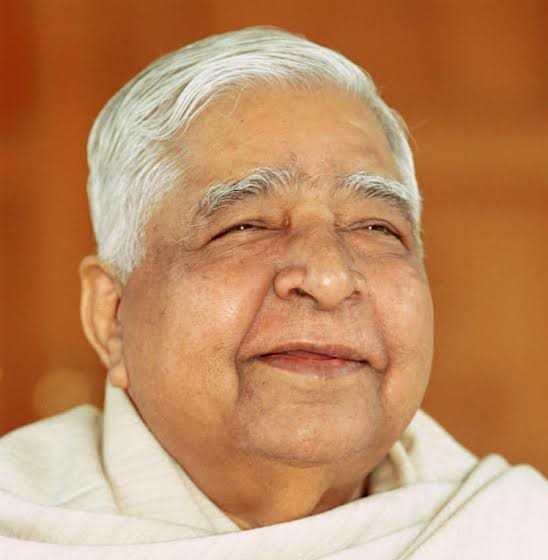Description

Disclaimer: Copyright infringement not intended.
Context
The Prime Minister, Shri Narendra Modi addressed the concluding ceremony of the year-long celebrations of S N Goenka’s 100th birth anniversary.
Details
Early Life and Background
- Birth: Satya Narayana Goenka was born on 30 January 1924 in Burma to Indian parents of the Marwari ethnic group.
- Family Background: Raised in a conservative Hindu household.
- Business Success: Goenka was a successful businessman until he experienced severe migraines in 1955.
- Encounter with Vipassana: Unable to find relief through conventional medicine, Goenka turned to Vipassana meditation at the suggestion of a friend.
- Teacher-Student Relationship: Sayagyi U Ba Khin, a Vipassana teacher, became Goenka's mentor, and he trained under him for 14 years.
Biography
- Authorized by Sayagyi U Ba Khin: In 1969, Goenka was authorized to teach Vipassana by his mentor Sayagyi U Ba Khin.
- Relocation to India: Goenka moved to India and established the first Vipassana meditation center in Hyderabad.
- Dhamma Giri: In 1976, he founded Dhamma Giri, the first meditation center in Igatpuri, Maharashtra.
- Assistant Teacher Training: After teaching on his own until 1982, Goenka started training assistant teachers.
- Vipassana Research Institute: Founded in 1985 at Dhamma Giri to promote research on Vipassana.
- Global Reach: By 1988, Goenka had taught thousands, including many Westerners. Vipassana courses expanded globally to 380 locations in 94 countries.

Awards
- Padma Bhushan: Awarded by the Government of India in 2012 for distinguished service.
Teachings
- Universal Path: Goenka emphasized that the Buddha's path was non-sectarian, universal, and scientific.
- Liberal Views: Teaching open to individuals of all faiths or no faith.
- Anapana Meditation: Initial focus on natural breath for concentration.
- Body Scan: Systematic observation of bodily sensations.
- Walking Meditation: Mindful walking to observe sensations.
- Equanimity: Emphasis on observing sensations with equanimity.
Legacy
- Millennium World Peace Summit: Speaker at the United Nations in 2000.
- Vipassana Centers Worldwide: Over 380 locations in 94 countries, with a significant presence in India.
- Vipassana Pagoda: Founded the Global Vipassana Pagoda in Mumbai in 2009 as a tribute to his teacher, U Ba Khin.
- Vipassana Research Institute: Established to integrate theory and practice, focusing on Pali texts and practical applications.

Conclusion
Satya Narayana Goenka's life and teachings have left an indelible mark on the global landscape of meditation, promoting the non-sectarian, universal, and scientific aspects of Vipassana. His legacy continues through the widespread practice of Vipassana and the establishments he founded.
MUST READ ARTICLES:
https://www.iasgyan.in/daily-current-affairs/vipassana#:~:text=Vipassana%20is%20an%20ancient%20meditation,through%20self%2Dobservation%20and%20mindfulness.
|
PRACTICE QUESTION
Q. Discuss the significance of Vipassana meditation in addressing contemporary challenges and its potential contribution to individual well-being and societal harmony. (250 Words)
|
















